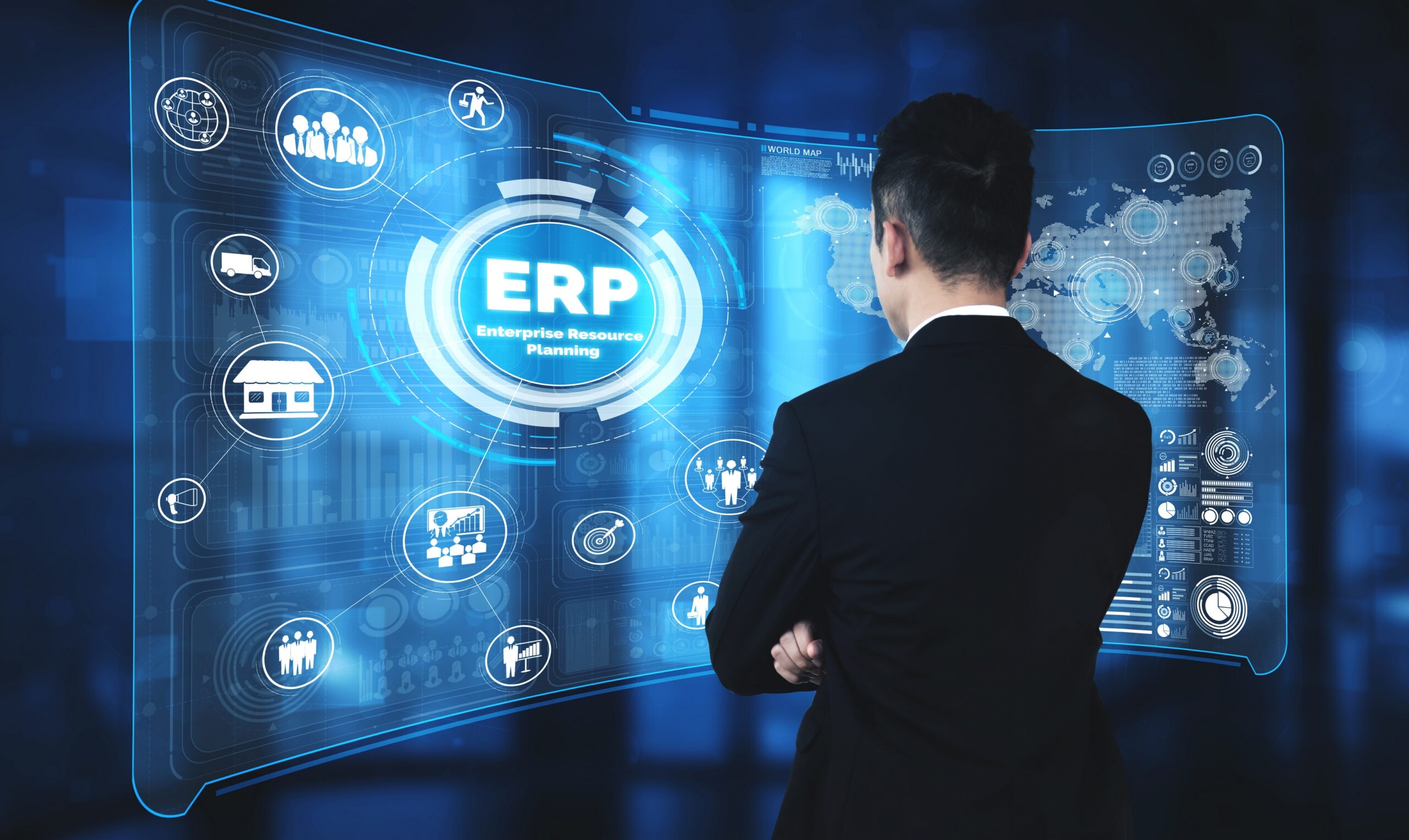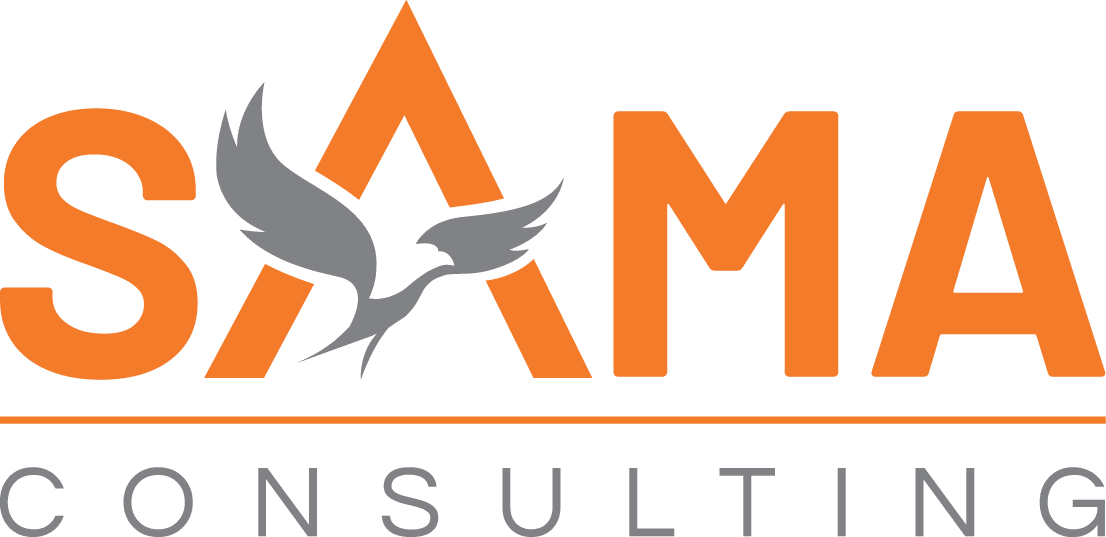
What Are ERP Systems: A Detailed Guide
In an era where efficiency, adaptability, and data-driven decisions define success, ERP systems have emerged as indispensable tools for businesses worldwide. But what is an ERP system, and how does it transform organizations across industries? This extensive guide dives deep into the world of ERP—exploring its meaning, evolution, components, benefits, challenges, and future trends. With a projected global market size of $123.4 billion by 2030 (Grand View Research, 2024), ERP is more than a trend; it’s a strategic necessity. Whether you’re a startup founder or a seasoned executive, this article equips you with the knowledge to harness ERP effectively.
What Are ERP Systems? A Foundational Overview
To define ERP, we start with its full name: Enterprise Resource Planning. At its essence, an ERP system is a software platform that integrates core business processes—finance, HR, supply chain, manufacturing, and more—into a unified ecosystem. So, what does ERP stand for in practical terms? It’s about creating a single source of truth, where data flows seamlessly across departments, eliminating silos and redundancies.
Consider this: what is ERP software if not the backbone of modern operations? It centralizes data into one database, ensuring that a sales order automatically updates inventory, triggers production, and adjusts financial records—all in real time. Around 53% of businesses prioritize ERP to boost efficiency and productivity, reflecting its critical role (Panorama Consulting, 2023).
The ERP system’s meaning lies in its ability to align disparate functions. For instance, a retailer can track stock levels while simultaneously managing online orders and in-store sales. This integration is why what is an ERP often translates to “business transformation” in the eyes of leaders seeking operational harmony.
Ready to transform your business with the right ERP solution?
Sama delivers expert ERP implementations tailored to your industry needs, helping you achieve operational efficiency, cost reduction, and sustainable growth through integrated enterprise resource planning.

The Evolution of ERP: From Past to Present
The journey of ERP systems began in the 1960s with Material Requirements Planning (MRP), a tool focused on manufacturing and inventory control. By the 1990s, MRP evolved into ERP, expanding to encompass finance, HR, and beyond. This shift marked a turning point, as businesses recognized the value of holistic resource management.
Fast forward to today, and the global ERP market is booming, expected to grow at a CAGR of 10.2% to reach $123.4 billion by 2030 (Grand View Research, 2024). A key driver? The rise of cloud-based ERP, which now dominates 65% of deployments and is projected to hit 90% by 2030. Unlike the clunky, on-premise systems of the past, modern ERP leverages cloud computing, AI, and IoT to offer scalability and real-time insights.
Take SAP, the market leader with a ~25% global share, or Oracle ERP Cloud, both of which have redefined what ERP is by integrating advanced analytics and mobile access. For a closer look at top solutions, see The 10 Best ERP Systems in the World. This evolution underscores ERP’s adaptability, making it a cornerstone for businesses of all sizes.
Core Components of an ERP System
Understanding what ERP systems are requires dissecting their modular structure. An ERP system comprises interconnected components, each addressing a specific business function. Here’s a technical breakdown:
1. Finance and Accounting
This module handles budgeting, general ledger, accounts payable/receivable, and financial reporting. It’s vital for audit trails and multi-currency support—key in industries like finance, where compliance is non-negotiable.
2. Human Resources (HR)
From payroll to recruitment, HR modules manage employee data and performance metrics. With 95% of businesses improving processes post-ERP (Panorama Consulting, 2023), HR efficiency is a standout benefit.
3. Supply Chain Management
This component optimizes procurement, inventory, and logistics. Companies report a 20% inventory reduction and 22% increase in on-time delivery with ERP, proving its impact (Panorama Consulting, 2023).
4. Manufacturing
Production planning, scheduling, and quality control fall here. In manufacturing, real-time inventory and supply chain coordination are game-changers—learn more in Embracing Auto Industry Transformation with ERP.
5. Customer Relationship Management (CRM)
CRM integrates sales, marketing, and support, enhancing customer experiences through data-driven insights.
These modules sync via a centralized database, ensuring that a change in one—like a new order—ripples across all relevant areas. This is the ERP meaning in action: a technical yet cohesive approach to resource planning.
Ready to transform your business with the right ERP solution?
Sama delivers expert ERP implementations tailored to your industry needs, helping you achieve operational efficiency, cost reduction, and sustainable growth through integrated enterprise resource planning.

Benefits of Implementing an ERP System
Why adopt an ERP system? The stats speak volumes: companies using ERP report a 23% reduction in operational costs, alongside significant gains in delivery and inventory management (Panorama Consulting, 2023). Here’s a deep dive into the advantages:
Improved Efficiency
Automation eliminates manual tasks—like reconciling spreadsheets—freeing teams for strategic work. For example, NetSuite, popular among SMBs, streamlines workflows with minimal human input.
Real-Time Data Access
A centralized system provides instant visibility into metrics like cash flow or production status. This empowers leaders to pivot quickly, a must in volatile markets.
Enhanced Collaboration
With shared data, departments align effortlessly. Sales can check inventory levels, while procurement adjusts based on demand—all without endless emails.
Scalability
Cloud-based ERP, like Microsoft Dynamics 365, grows with your business, adding users or modules as needed. With 65% of deployments already cloud-based, scalability is a given.
Cost Savings
Though initial costs are high, long-term savings are substantial. A 23% operational cost reduction reflects reduced errors and optimized resources.
Unsure if ERP or MRP fits your needs? Explore Choosing Between MRP or ERP: What Every Business Owner Should Consider for clarity.
Challenges and Considerations in ERP Adoption
Despite its benefits, implementing an ERP system isn’t seamless. Data reveals that 54% of ERP projects exceed budgets, and 38% take longer than planned (Panorama Consulting, 2023). Here’s a detailed look at the hurdles:
High Initial Costs
Licensing, customization, and training can cost millions for large firms. Even SMBs using solutions like Odoo face significant upfront investments.
Complexity and Time
Deployment can span 6 months to 2 years, depending on scope. Poor planning—cited as a top failure reason—exacerbates delays.
Resistance to Change
Employees may cling to familiar tools, with resistance stalling adoption. Inadequate training compounds this, undermining ROI.
Data Migration Risks
Transferring legacy data risks corruption or loss. A retailer moving to Infor, for instance, must ensure POS and inventory records sync flawlessly.
Mitigating these requires expertise. Our guide, Selecting the Right ERP System for Your Business: A Deep Dive, offers a roadmap to success.
Ready to transform your business with the right ERP solution?
Sama delivers expert ERP implementations tailored to your industry needs, helping you achieve operational efficiency, cost reduction, and sustainable growth through integrated enterprise resource planning.

ERP vs. MES: Understanding the Distinction
A frequent question is what is an ERP versus a Manufacturing Execution System (MES)? ERP oversees enterprise-wide processes—think finance or HR—while MES zeroes in on shop-floor execution, like machine uptime. For manufacturers, integrating both can maximize efficiency, with ERP handling planning and MES executing it.
The difference matters: ERP’s 20% inventory reduction complements MES’s granular control. Dive deeper in MES vs. ERP: Exploring the Key Differences.
How to Choose the Right ERP System
Selecting an ERP system demands precision. With a market featuring SAP (25% share), Oracle ERP Cloud, and Workday, options abound. Here’s a technical checklist:
- Identify Requirements: Pinpoint needs—does manufacturing trump CRM? Map processes first.
- Evaluate Deployment: Cloud (65% of installs) offers flexibility; on-premise suits data-sensitive firms.
- Assess Vendor Support: Partner with experts like Sama Consulting Inc. for tailored implementation.
- Test Scalability: Ensure growth readiness—Microsoft Dynamics 365 excels here.
- Budget Realistically: Account for a 54% chance of overruns and ongoing costs.
See top picks in The 10 Best ERP Systems in the World.
The Future of ERP Systems
The ERP meaning is evolving, with 2025 trends shaping its trajectory:
- AI & ML: Predictive analytics will forecast demand, cutting costs. SAP’s AI tools lead here.
- Mobile ERP: Smartphone access, a staple in Oracle ERP Cloud, empowers remote teams.
- IoT + ERP: Manufacturing benefits from real-time device data, boosting logistics.
- Composable ERP: Modular systems replace monoliths, offering flexibility.
- Green ERP: Sustainability tracking aligns with global goals, a rising priority.
With cloud adoption nearing 90% by 2030, the future is dynamic and accessible.
Real-World Applications: ERP in Action
Here’s how ERP systems shine across industries:
Manufacturing
Real-time inventory and supply chain coordination cut delays by 22% (Panorama Consulting, 2023). See Embracing Auto Industry Transformation with ERP.
Retail
Omnichannel integration syncs POS and online sales, as NetSuite demonstrates for SMBs.
Healthcare
Compliance tracking and resource management streamline operations, with Infor excelling.
Education
Student records and budgeting benefit from Workday’s niche focus.
Finance
Audit trails and reporting, staples of Oracle ERP Cloud, ensure accuracy.
Conclusion: Why ERP Matters for Your Business
In sum, what are ERP systems? They’re catalysts for efficiency, growth, and resilience. With a $123.4 billion market by 2030 and 95% of adopters improving processes, ERP’s value is undeniable. Challenges like budget overruns (54%) exist, but expert guidance from Sama Consulting Inc. ensures success. Explore more:
Embrace ERP, and your business thrives.
Ready to transform your business with the right ERP solution?
Sama delivers expert ERP implementations tailored to your industry needs, helping you achieve operational efficiency, cost reduction, and sustainable growth through integrated enterprise resource planning.

